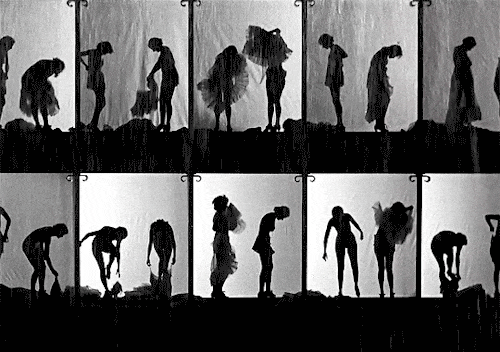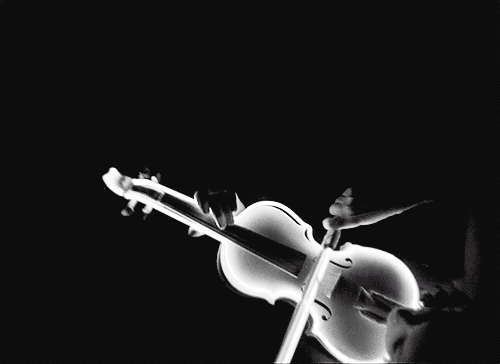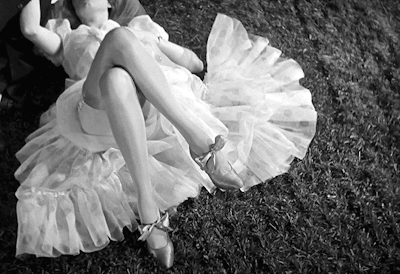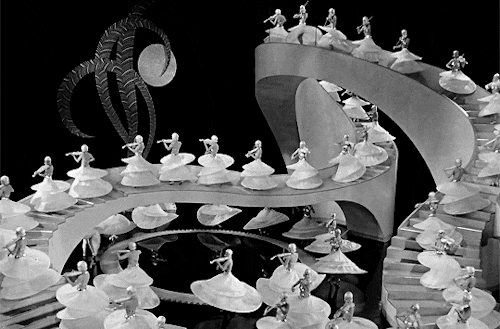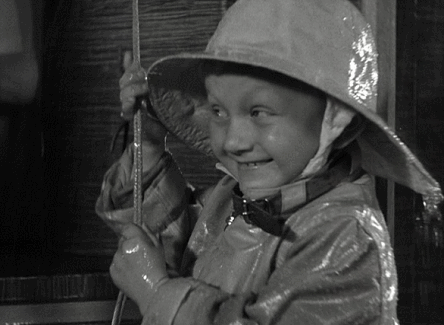Control Nathan Rabin 4.0 #185 Gold Diggers of 1933 (1933)
Welcome, friends, to the latest entry in Control Nathan Rabin 4.0. It’s the career and site-sustaining column that gives YOU, the kindly, Christ-like, unbelievably sexy Nathan Rabin’s Happy Place patron, an opportunity to choose a movie that I must watch, and then write about, in exchange for a one-time, one hundred dollar pledge to the site’s Patreon account. The price goes down to seventy-five dollars for all subsequent choices.
Or you can be like three kind patrons and use this column to commission a series of pieces about a filmmaker or actor. I’m deep into a project on the films of the late, great, fervently mourned David Bowie and I have now watched and written about every movie Sam Peckinpah made over the course of his tumultuous, wildly melodramatic psychodrama of a life and career.
This generous patron is now paying for me to watch and write about the cult animated show Batman Beyond and I also recently began even more screamingly essential deep dives into the complete filmographies of troubled video vixen Tawny Kitaen and troubled former Noxzema pitch-woman Rebecca Gayheart. I also recently began a series chronicling the films of bad boy auteur Oliver Stone.
There are a whole lot of folks who do not watch old movies because they consider them hopelessly dated, quaint and irrelevant to the issues and concerns of the present. These people see watching old movies as akin to doing homework, as something you force yourself to do for the sake of personal edification and enrichment, not something that provides any pleasure.
These contemporary-minded folks might see old movies differently if they availed themselves of the rich, delicious, wickedly transgressive and endlessly surprising strain of cinema history known as the “Pre-Code talkie.”
Because when old movie haters complain that the movies their grandparents and great-grandparents enjoyed are hopelessly old-fashioned and irrelevant what they’re complaining about, really, whether they know it or not, is the Hays Code.
For it was the Hays Code that transformed the film industry from Sodom & Gomorrah on the coast to a chaste assemblage of do-gooders imparting moral lessons via movies rigorously scrubbed of anything bible-thumpers might find objectionable.
Since Jesus People tend to find everything objectionable the Hays Code banned just about everything: not just sex and drugs, nudity, explicit violence and freaky Satanic fuck-fests but also innuendo and inference and the mere implication of sin.
Geniuses like Billy Wilder, Frank Tashlin and Preston Sturges still managed to smuggle all manner of gleeful naughtiness and subversion/perversion past the censors because they were so fucking smart and fast that busybodies never even caught half the double entendres in their comedies.
Since pre-Code talkies by definition did not have to play by the restrictive rules of the Hays Code they had a level of freedom masters like Wilder and Tashlin could only dream about.
Gold Diggers of 1933 has a title that dates it in the most literal manner possible in that it literally dates the movie as a product of 1933.
For a movie whose title doubles as shorthand for a movie that isn’t just old but ancient, a super duper mega old timey relic of our distant cultural past, Gold Diggers of 1933 has a shockingly modern sensibility.
Gold Diggers of 1933 is whip-smart, fast, filthy, overflowing with double entendres and winking naughtiness and incredibly, justifiably cynical about everything, but particularly show-business, marriage, dating, capitalism and propriety.
We open, iconically, with a pre-superstardom Ginger Rogers singing “We’re In the Money”, a riotous set-piece where psychotically upbeat dancers with methamphetamine smiles shimmy in geographic formations in dresses made of fake coins against a backdrop of giant coins to assure the audience that the Depression is DEFINITELY over and good times have returned.
This is of course the handiwork of legendary choreographer Busby Berkley, a genius and a madman whose work was so ahead of its time that we still haven’t caught up with it, and feel the need to keep his spirit alive through pastiche, parody and imitation.
Rogers even sings a verse of “We’re in the Money” in Pig Latin. That’s an early indication that as a grand architect of dance Berkley was up for anything. For the influential choreographer, there was no such thing as too crazy, or too outrageous, or excessively ambitious, and he had the talent, personnel and resources to realize his biggest, craziest, most magnificent ideas.
Gold Diggers of 1933 was released the same year as one of Berkley’s other masterpieces, 42nd Street. It’s entirely possible that the reason the whole damn country was in a Depression was because all of our money and resources were going towards impossibly vast, ambitious, expensive Busby Berkley production numbers.
You know what? It was worth it. Sure, millions may have been sleeping on the street but Berkley was doing things with choreography and staging that border on miraculous.
The opening production number is followed by the news that despite the optimistic sentiments expressed by “We’re In the Money” the theatrical production behind it has in fact run out of money to keep going, along with everyone else.
This leaves our lucky heroine Polly (Ruby Keeler) out of work and desperate along with fellow struggling actresses/dancers Trixie (Aline MacMahon), a tart-tongued comedienne with a one-liner for every occasion, bombshell Carol (future Blondie Joan Blondell) and glamorous Fay (Ginger Rogers).
The harried producer of the abandoned show has a terrific idea for a blockbuster new musical exploring the juicy subject of the Great Depression and the economic and psychological despair gripping the nation.
He just needs money to mount his big, splashy, toe-tapping musical about how nobody has any money. He lucks out when fresh-faced songwriter and crooner Brad Roberts (a very young Dick Powell) gingerly announces that he can put up fifteen grand for a new show without any trouble.
The lives of our plucky, resilient heroines are so defined by money, or rather a lack thereof, that when Brad volunteers that he has LOTS of money it instantly renders him as otherworldly and exotic as if he were a space alien or vampire.
It also makes the movie less compelling. The more concerned Gold Diggers of 1933 is with the affairs, romantic and otherwise, of the extremely wealthy, the less relatable it becomes. And since a movie called Gold Diggers of 1933 will invariably concern itself with the lives and loves of gold diggers in 1933, that pretty much ensures that it will not end as strongly as it begins.
That freakish woman has eight arms! With giant coins at the end! Who will smite this monster!?!
Brad falls in love with pure-hearted Polly but when his suspicious older brother J. Lawrence Bradford (Warren William) and family lawyer Faneuil H. Peabody (Guy Kibbee) head to town to try to prevent Brad from marrying what they consider a vulgar, opportunistic woman of low moral character they mistake Carol for Polly. Carol is so irritated that she plays along and slowly but surely falls in love with Brad’s handsome, wealthy brother just as Trixie sets her sights on the plump, elderly but exceedingly wealthy and available Faneuil.
Gold Diggers of 1933 gets off to a rip-roaring start but at a certain point, I will concede, it gets bogged down in all of the gold digging.
The great Mervyn LeRoy, whose filmography includes Little Caesar and I Was a Fugitive From a Chain Gang is the director of Gold Diggers of 1933 but it feels more like the masterwork of Berkley, who takes over direction as well as choreography for production numbers that are astonishing in their inventiveness and creativity.
In the dazzling set-piece "Pettin' in the Park” Berkley stages a bravura production number that brazenly, boldly defies the rules of nature and gravity and reality in its evocation of a stage show that could never exist in our world for a million different practical reasons. It’s a surrealistic waking dream of a number stolen by an eight year old Billy Barty as a mischievous, disconcertingly horny roller-skating baby (Berkley sure was a wild one!) who is a little like an early, live-action version of Baby Herman.
Ain’t he a stinker?
Gold Diggers of 1933 is hamstrung somewhat by that Roger Ebert would call an idiot plot, that is one where a simple explanation would settle everything. Then again, if Carol explained to J. Lawrence Bradford and Faneuil that they’ve made a mistake there would be no movie and that would be a damn shame.
This ebullient musical closes in a way that reflects its bifurcated identity as silly, sublime, sexy escapist fare that’s also, on a very real level, about the widespread misery of the Great Depression.
With the exception of poor Fay, the money and status-hungry actresses get the rich men of their dreams and we close with “"Remember My Forgotten Man”, a somber production number dedicated to the lost man of the Depression inspired by a 1932 Veteran’s March on Washington and an FDR speech about the forgotten common man.
The juxtaposition of merry mainstream musical romantic comedy and heavy social commentary should be jarring, even whiplash-inducing. Instead it’s oddly moving and weirdly perfect in how it puts the focus where it belongs: on Berkley and his unparalleled ability to create a vast, magnificent universe inside a single spectacular set-piece.
Gold Diggers of 1933 may be nearly a hundred years old but it’s nevertheless hipper, faster and more contemporary than 95 percent of the movies Hollywood will put out this year.
Pre-order The Joy of Trash: Nathan Rabin’s Happy Place’s Definitive Guide to the Very Worst of Everything and get access to original articles AS I write them and plenty more bonus stuff like exclusive cards featuring Felipe Sobreiro’s amazing artwork for the book at https://the-joy-of-trash.backerkit.com/hosted_preorders/cart
Help ensure a future for the Happy Place during an uncertain era AND get sweet merch by pledging to the site’s Patreon account at https://www.patreon.com/nathanrabinshappyplace
Also, BUY the RIDICULOUSLY SELF-INDULGENT, ILL-ADVISED VANITY EDITION of THE WEIRD ACCORDION TO AL, the Happy Place’s first book. This 500 page extended edition features an introduction from Al himself (who I co-wrote 2012’s Weird Al: The Book with), who also copy-edited and fact-checked, as well as over 80 illustrations from Felipe Sobreiro on entries covering every facet of Al’s career, including his complete discography, The Compleat Al, UHF, the 2018 tour that gives the book its subtitle and EVERY episode of The Weird Al Show and Al’s season as the band-leader on Comedy Bang! Bang!
Only 23 dollars signed, tax and shipping included, at the https://www.nathanrabin.com/shop or for more, unsigned, from Amazon here


